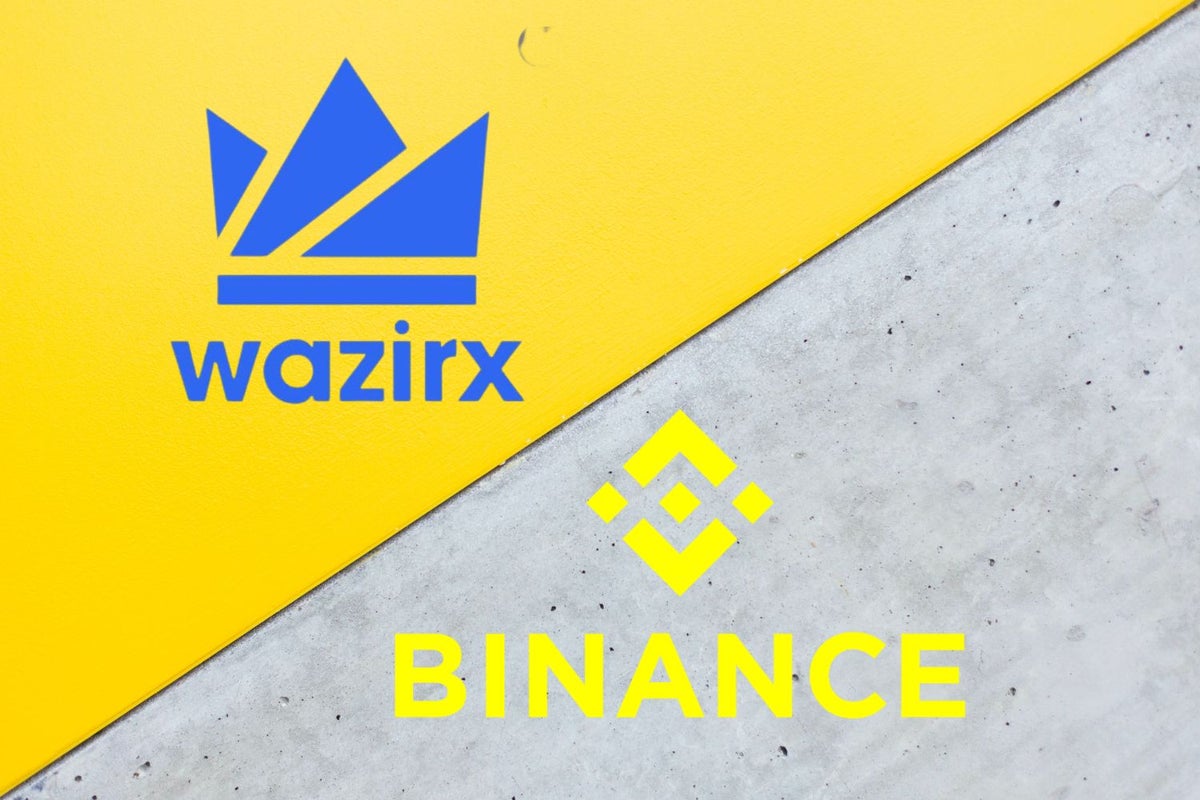Celebrated in 2019 as the first acquisition in the Indian crypto space, the relationship between the two entities is now in question as the Enforcement Directorate (ED) has frozen funds of cryptocurrency exchange WazirX.
While the world’s largest crypto exchange by trading volumes Binance had proudly announced that it had “acquired” WazirX in a blog post on its website in November 2019, the company’s CEO Changpeng Zhao apparently reneged on the agreement between the two parties.
Amidst an ongoing war of words between WazirX’s Founder, Nischal Shetty, and Zhao, investors are trying to determine who owns and controls WazirX.
Decoding the 2019 announcement
Replete with a group photograph that showed Zhao and Shetty profusely smiling, the blog post announced WazirX’s acquisition by Binance and detailed how platform users would be able to buy cryptocurrencies using Indian rupees (INR), invest in stablecoins like Tether (USDT), and access the whole range of cryptocurrencies directly through Binance’s trading platforms.
It also explicitly says that the WazirX acquisition and integration is part of the company’s strategy to enhance its growing list of global partners, in an effort to provide the global crypto community with easy access to cryptocurrencies in a fast and secure manner.
Zhao even went further to elaborate on Binance’s commitment to developing the Indian crypto ecosystem and making India a global blockchain innovation center.
Shetty commented on how the acquisition gives WazirX the opportunity to expand beyond India and cater to a wider audience, with a specific focus on developing nations by building fiat on-ramps.
The suspiciously timed social media outbursts
WazirX is currently under the spotlight for being accused by the ED, India’s law enforcement agency, that focuses on major economic crimes, of assisting instant loan app companies in laundering money.
In fact, the agency has frozen the financial assets of the Indian crypto exchange after a search operation was conducted under the Prevention of Money Laundering Act (PMLA) on August 3, 2022.
Not long after, Zhao released a series of tweets on his official Twitter account on August 5, seemingly distancing Binance from all operations at WazirX or its holding company Zanmai Labs.
In his tweets, Zhao clarified that Binance doesn’t own any equity in Zanmai Labs and only provides wallet services to WazirX as a technology solution.
Moreover, he states that recent developments surrounding WazirX have deeply concerned Binance and stressed that the Indian crypto exchange is solely responsible for all aspects such as user sign-ups, KYC, trading, and withdrawals.
Ostensibly, this has elicited responses from Shetty as well, with a war of words still ongoing between the heads of the two crypto firms.
How WazirX views their association with Binance
While categorically denying all accusations leveled by the ED and reiterating WazirX’s cooperative stance, Shetty has been putting out multiple tweets detailing how Binance is the true owner of WazirX on his Twitter account.
He goes further to clarify that Zanmai Labs is a separate entity and that Binance owns the WazirX domain name, has root access to AWS servers, and retains all profits and crypto assets stored on the platform.
Elucidating further how Zanmai Labs is an Indian entity owned by Shetty and the other co-founders, he does state that Zanmai Labs has a license from Binance to operate INR-crypto pairs in WazirX and that Binance manages crypto to crypto pairs and processing withdrawals.
Binance on the other hand has clarified that the 2019 “acquisition” was limited to an agreement to purchase certain assets and intellectual property of WazirX, with WazirX continuing to be operated and managed by Zanmai Labs.
While the battle of words rages on between the two personalities, WazirX users continue to hang in the balance even as the company’s founder reiterates that all crypto assets and fiat money deposited are safe.
Image and article originally from www.benzinga.com. Read the original article here.

